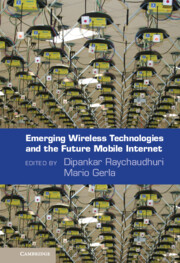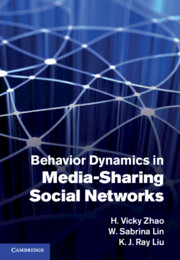Introduction
In this chapter,we look at the origins of bisimulation.We showthat bisimulation has been discovered not only in computer science, but also – and roughly at the same time – in other fields: philosophical logic (more precisely, modal logic), and set theory. In each field, we discuss the main steps that led to the discovery, and introduce the people who made these steps possible.
In computer science, philosophical logic, and set theory, bisimulation has been derived through refinements of notions of morphism between algebraic structures. Roughly, morphisms are maps (i.e. functions) that are ‘structurepreserving’. The notion is therefore fundamental in all mathematical theories in which the objects of study have some kind of structure, or algebra. The most basic forms of morphism are the homomorphisms. These essentially give us a way of embedding a structure (the source) into another one (the target), so that all the relations in the source are present in the target. The converse, however, need not be true; for this, stronger notions of morphism are needed. One such notion is isomorphism, which is, however, extremely strong – isomorphic structures must be essentially the same, i.e. ‘algebraically identical’. It is a quest for notions in between homomorphism and isomorphism that led to the discovery of bisimulation.
The kind of structures studied in computer science, philosophical logic, and set theory were forms of rooted directed graphs.

